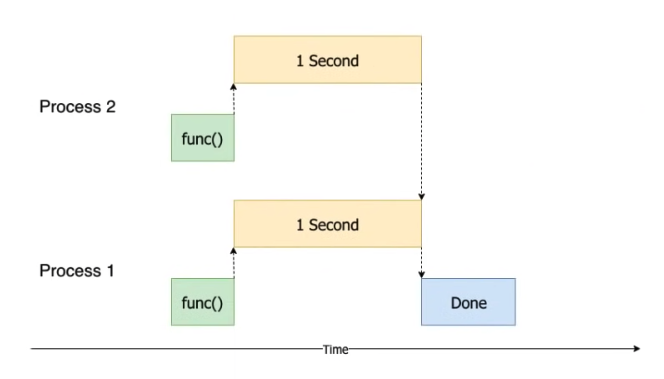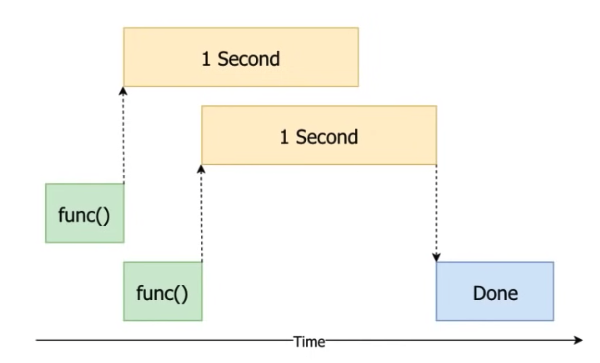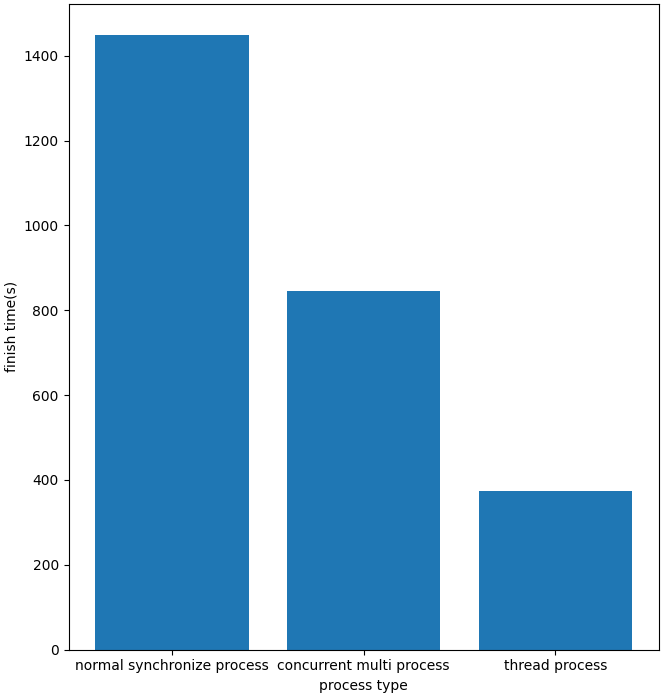浅谈 Python 中 Synchronously, Multiprocessing, Threading 区别
1.Synchronously:

- 线性执行
- 同步方法
- 耗时长
2.Multiprocessing if it’s CPU bound:

The multiprocessing library gives each process its own Python interpreter and each their own GIL(Global Interpreter Lock).
allows you to create programs that can run concurrently (bypassing the GIL)
use the entirety of your CPU core
import multiprocessing def concurrent_multi_process(): dids = [] with concurrent.futures.ProcessPoolExecutor() as executor: results = executor.map(call_out_data, dids) def call_out_data(did): requests.adapters.DEFAULT_RETRIES = 5 url = "http://202.205.91.21:60001/nrmv/canInfo" headers = { 'Content-Type': 'application/json' } payload = json.dumps( { 'appId': "", "did": did, "startTime": 'test', "endTime": '20220610000000', "limit": 1000000000, "nextPageStartRowKey": "", "reverse": 'false', "showColumns": ["`did`", "`3014`", "`2602`", "`2603`", "`2204`"], "token": "" }) response = requests.request("POST", url, headers=headers, data=payload) print(response) if (response.status_code == 200 and 'data' in response.json()): data = response.json()['data'] return data
3.Threading if your program is network bound:

it’s perfect for I/O operations such as web scraping because the processor is sitting idle waiting for data.
import threading def thread_process(): dids = [] with concurrent.futures.ThreadPoolExecutor() as executor: results = executor.map(call_out_data, dids)
针对中农的大数据服务器,测试了请求3645 次 不同类型下的性能比较,可以看出,使用 thread 方式效果最优秀

浅谈 Python 中 Synchronously, Multiprocessing, Threading 区别
http://example.com/2022/07/05/技术篇/python/浅谈-Python-中-Synchronously-Multiprocessing-Threading-区别/